California’s Pacific Coast runs eight hundred and forty miles. It reaches from Mexico to Oregon, encompassing over four hundred beaches and countless scenic views. I recently explored one of the best-known sections of it, equipped with a Leica M240 and three prime lenses. Here are some shots of California’s Central Coast, and the picturesque town of Carmel, captured with this classic kit.
Carmel beckons
In my earlier article, I described a visit to the Monterey Peninsula, and the famous 17-Mile Drive. At the end of that excursion, I found myself on the outskirts of one of California’s most celebrated towns.
Carmel-by-the Sea, more commonly referred to as Carmel, is a most uncommon place. How many towns, even in celebrity-rich California, can claim to have had Clint Eastwood as their Mayor?
Carmel has long been home to an artistic community, encompassing writers, actors, musicians, painters, and photographers. Both Edward Weston and Ansel Adams lived there, and there is still a Weston Gallery in Carmel, today.
Carmel is also a retreat from the busy San Francisco Bay Area. Its ‘downtown’ is full of art galleries, stores selling high-end fashion brands, and places to buy expensive artisanal wares. Describing Carmel as a well-heeled community would be both a cliché and an understatement.
We were spoiled for choice when looking for a restaurant along its main drag, Ocean Avenue. We eventually chose a charming French-style restaurant called La Bicyclette — I recommend it if you are in the area.
Carmel and Comstock
Carmel is known for its white-sand beach, that charming downtown, and its eclectic architecture. It is also home to many examples of ‘Comstock’ architecture. Designed by Hugh W. Comstock, these are built in what is referred to as a story-book architectural style. The houses look as if they have been plucked from the illustrated pages of Hansel and Gretel. Their characteristic features are wavy shingle roofs, Tudor-style exterior beams, and curvy windows.
You can also find the style elsewhere in California, for example, in Coronado, where I live.
I took most of the photos in Carmel using my Voigtländer 21mm f/3.5 Color Skopar. It’s a fantastic little lens. It is sharp and renders colour very well. Its comparatively slow maximum aperture was certainly not a limitation, given the bright sun outdoors. And, even for indoor shots, raising the ISO and applying a little denoising in post usually did the trick. It was also perfect for some landscape shots coming up.
I have not felt the need to use an external viewfinder when using this lens on my Leica M. Even though the lens’s field of view exceeds that of the rangefinder’s optical viewfinder, I just guess when composing. So far, this has worked well. I often crop anyway during post-processing, to tighten up the framing. Some unwanted content around the edges of the RAW image is therefore rarely an issue.
During our visit to Carmel, we stumbled on the tail-end of a colourful ‘Farmer’s Market’. I was able to grab a few shots before vendors packed up their stalls.
The Pacific Coast Highway
We then headed south, along the Pacific Coast Highway (PCH), towards Big Sur. Unfortunately, we could only cover about twelve miles before a road block forced us to turn around. The stretch of highway ahead of us had suffered a landslide, completely blocking the road. This has become a regular occurrence; wildfires on the steep slopes above, coupled with heavy rainfall, are the culprits.
I once managed to drive the entire length, from San Luis Obispo to Carmel and back. But, on several previous trips, I had to make a detour over the coastal hills, to a more inland route.
Although our drive was cut short, we stopped at a couple of scenic viewpoints. These few shots should give you a flavour of how spectacular this coastline is.
To make up for our abbreviated drive South along the PCH from Carmel, we drove north instead. Rather than continuing along freeways to the airport, we chose a slower, but more scenic route along the coast. There are fewer designated viewpoints along the PCH from the Monterey Peninsula to Half Moon Bay. This was where we would head inland to San Francisco Airport. But, we did encounter one unexpected but delightful point of interest.
Pigeon Point
Pigeon Point Lighthouse, built in 1871, is the tallest lighthouse on the West Coast of the US. It guided marine traffic travelling up and down California’s coast, and is still an active guide to navigation, under the auspices of the US Coastguard. The authorities removed its Fresnel lens and placed it on display at a small museum at the foot of the lighthouse. It was replaced with a more modern, rotating six-beam light which sits on the lighthouse’s balcony.
A major renovation is currently underway to repair damage to both the metalwork and brickwork of the lighthouse. The $16 million renovation project began earlier this year and will take two years to complete.
Despite sections of the lighthouse being draped in tarpaulin, it is still a magnificent site. It sits on a promontory, surrounded by rocky cliffs. Its white tower, against the blue sky, green carpets of ‘ice plant’, and purple wildflower, made for a beautiful scene.
Once again, the Voigtländer 21mm Color Skopar delivered the goods. The image required only conversion to 5×4 format and light cropping to hide some unsightly buildings.
Pigeon Point is well worth a visit, especially if you are a fan of lighthouses.
The joy of rangefinding
Soon, we would be at the airport, dropping off the rental car, and heading to the gate.
My Leica M, three-lens kit (21mm, 35mm, and 75mm) turned out to be a perfect set up for this short excursion. As mentioned throughout, the Voigtländer 21mm is a very handy lens to include in an M-camera kit. It is small, relatively inexpensive, and very sharp. If you would like to read a more detailed review, here’s an article from Jörg-Peter’s M-Files series, covering this very lens.
Want to contribute an article to Macfilos? It’s easy. Just click the “Write for Us” button. We’ll help with the writing and guide you through the process.

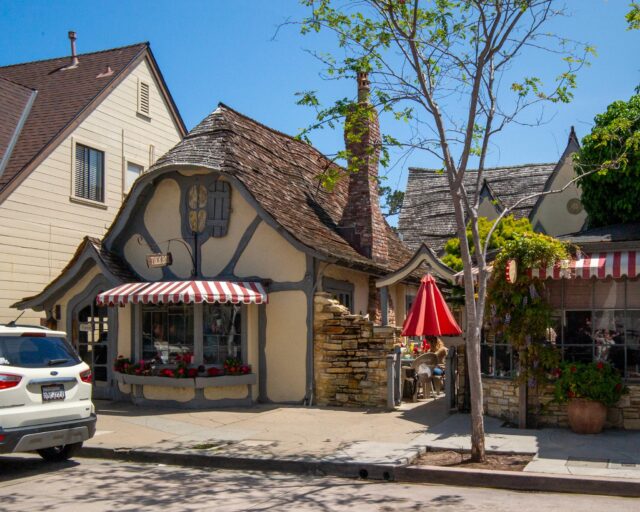
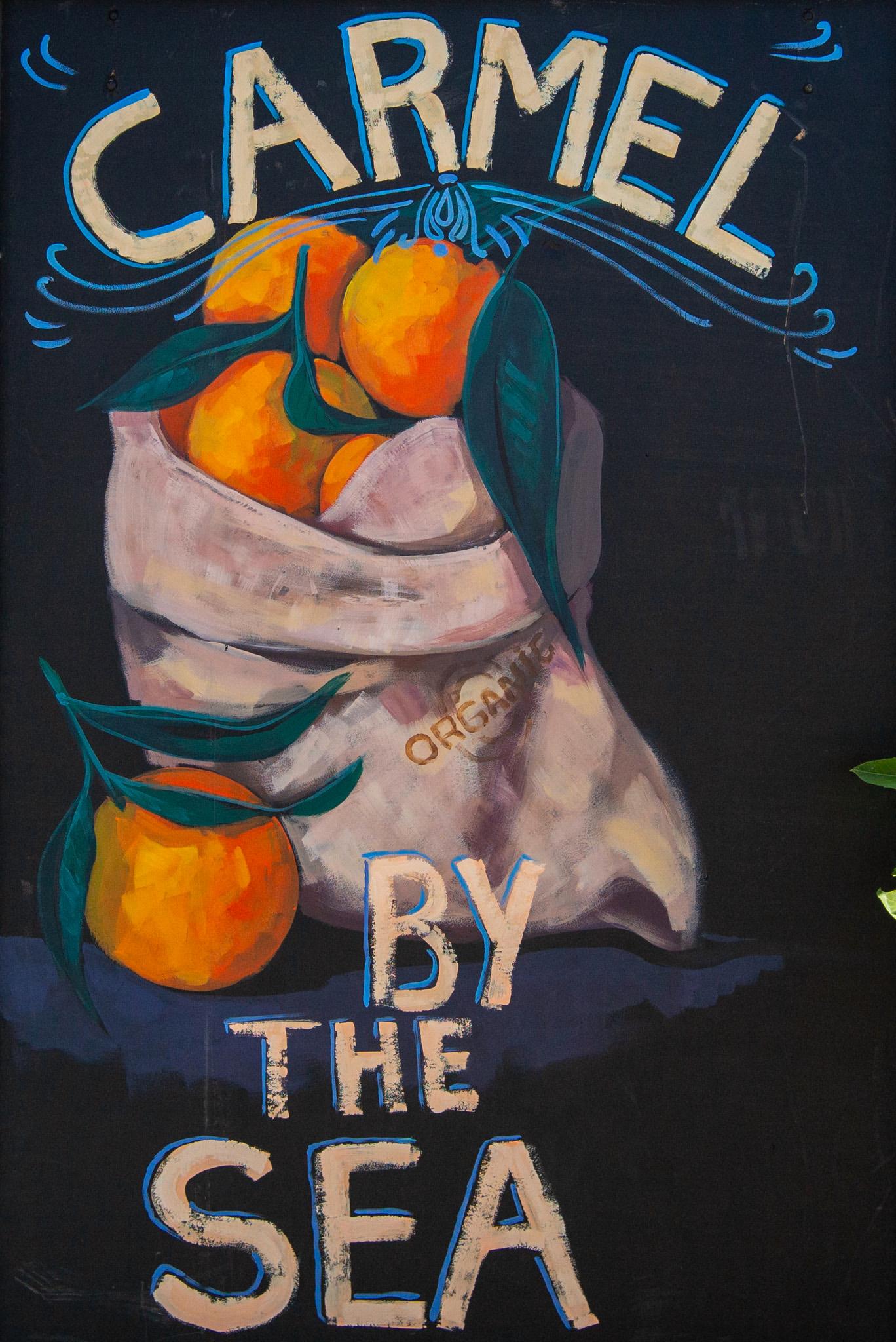
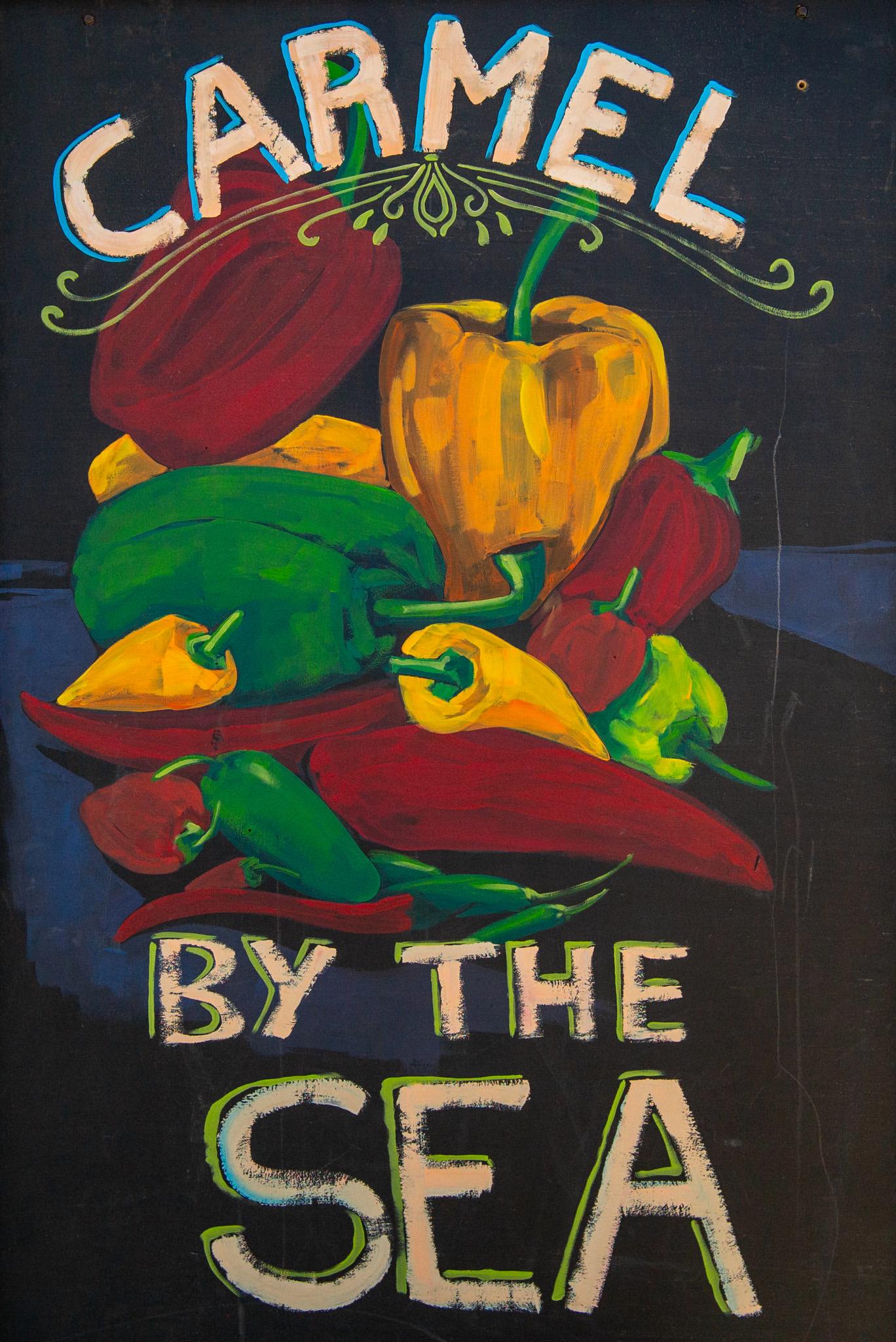
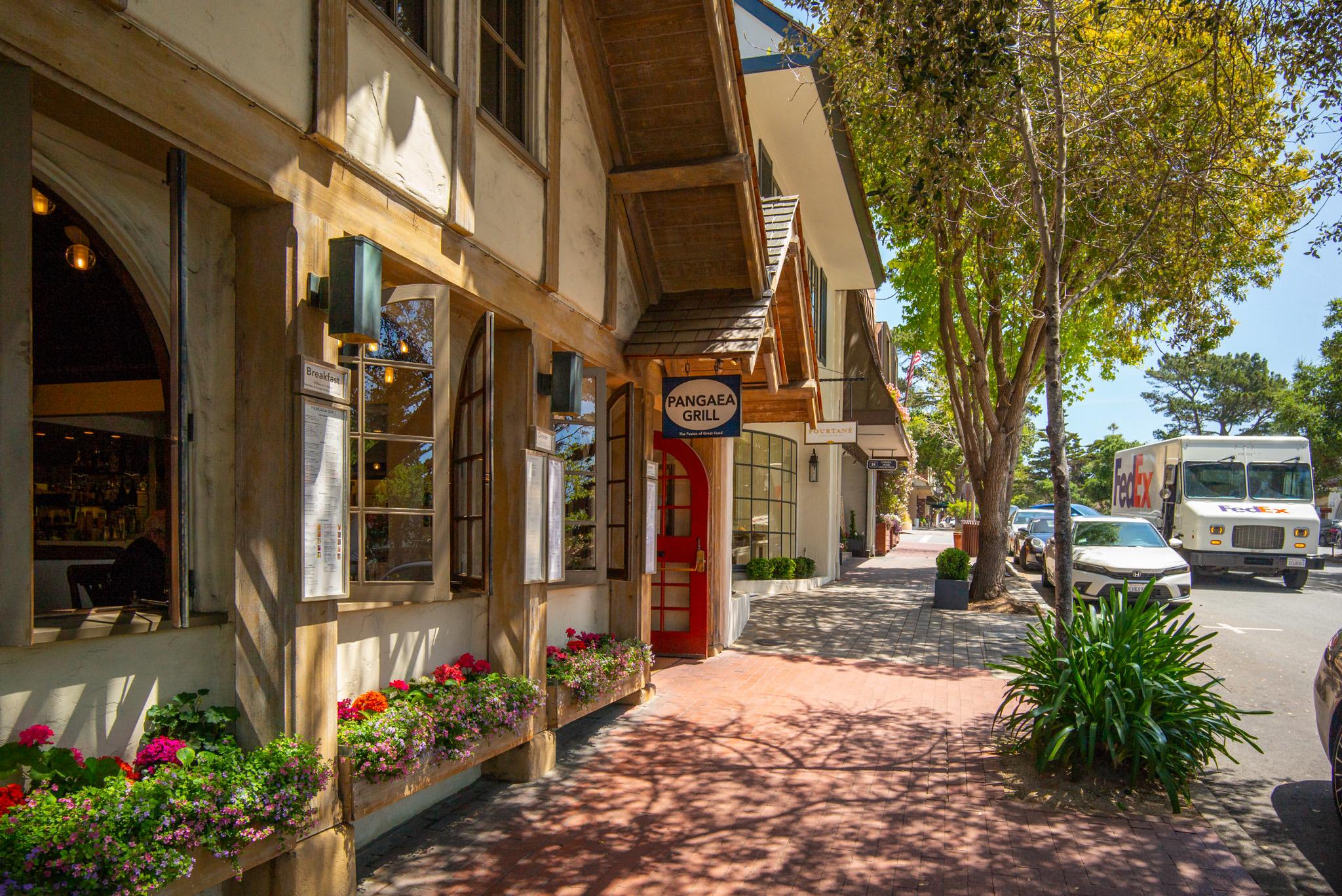
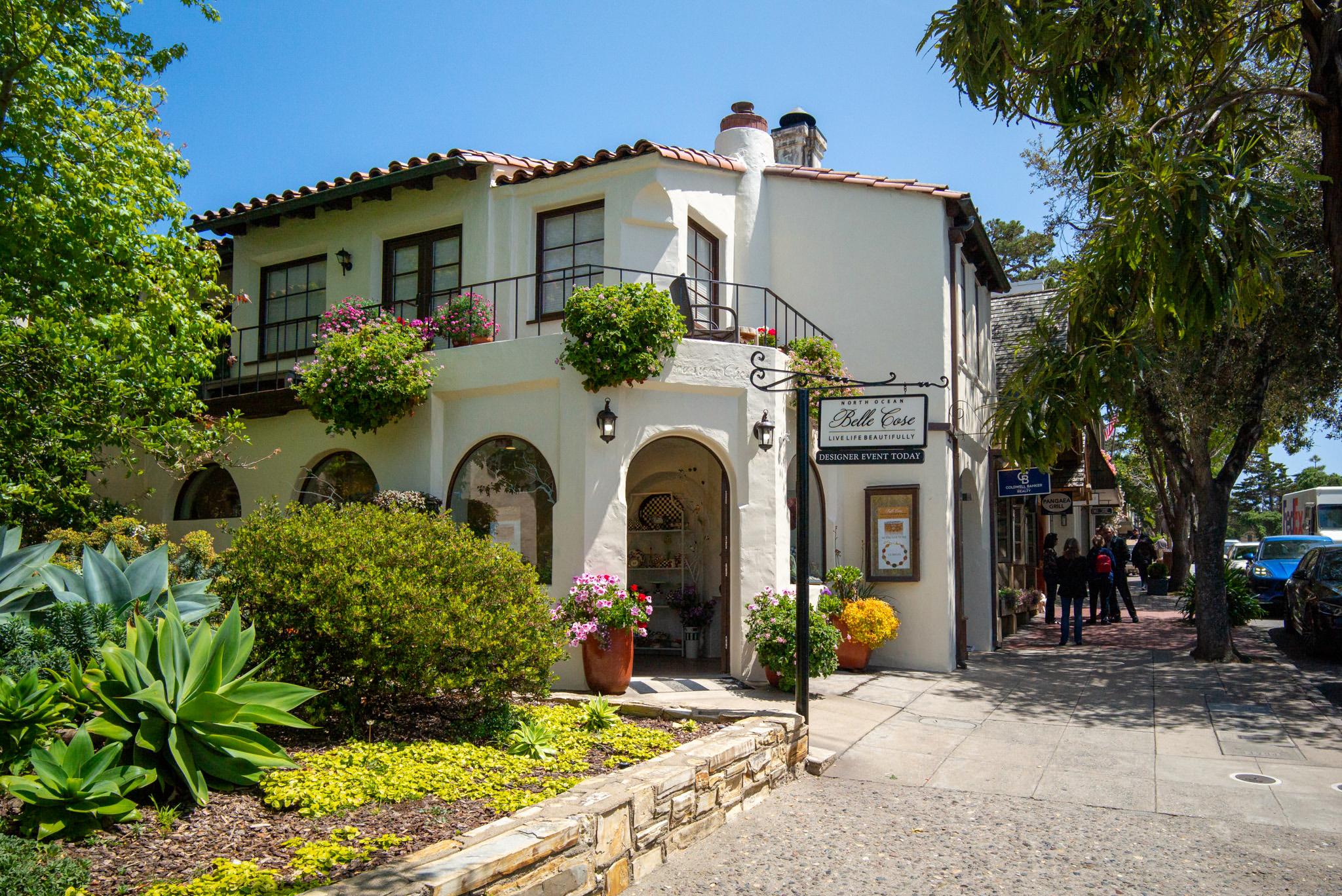
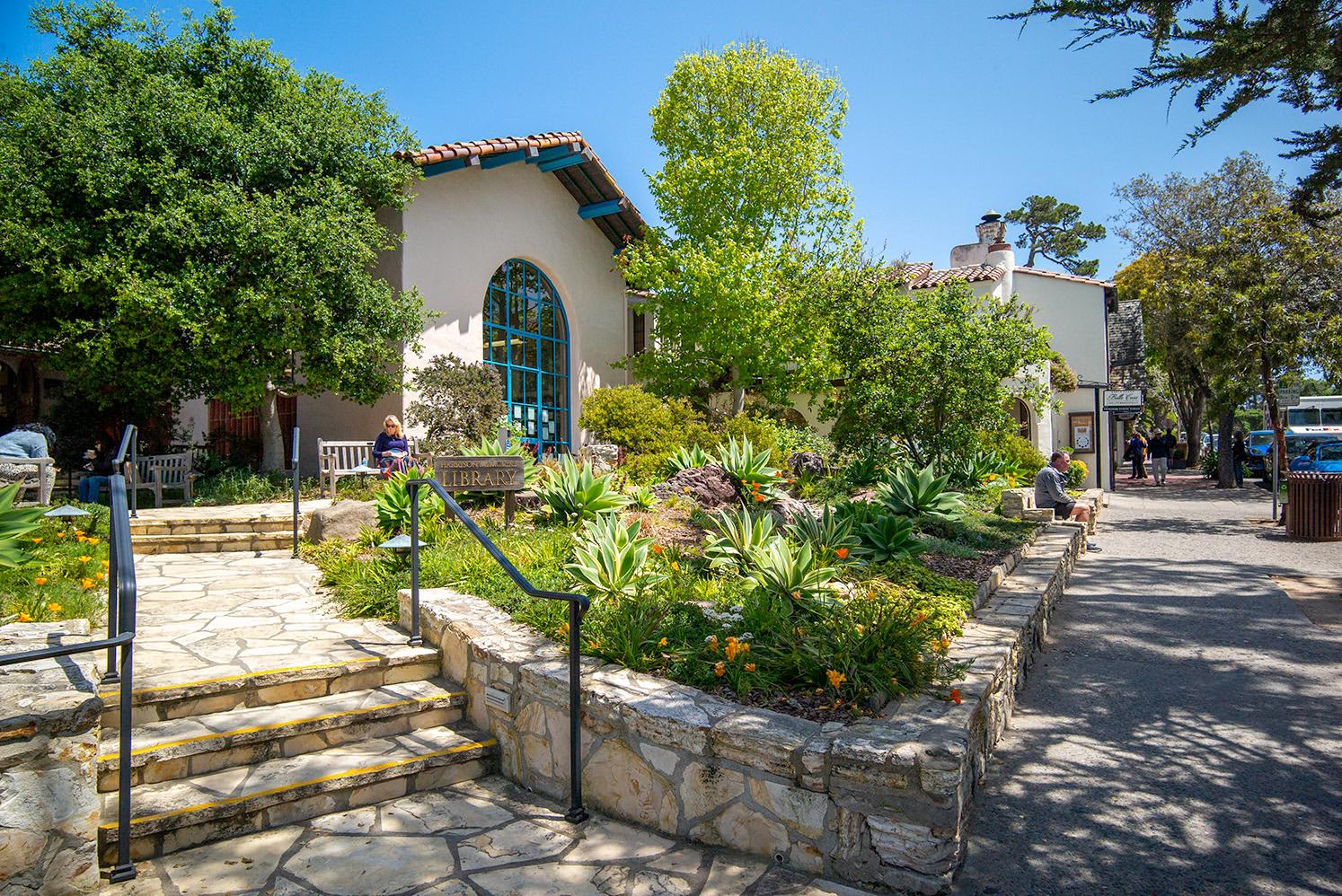
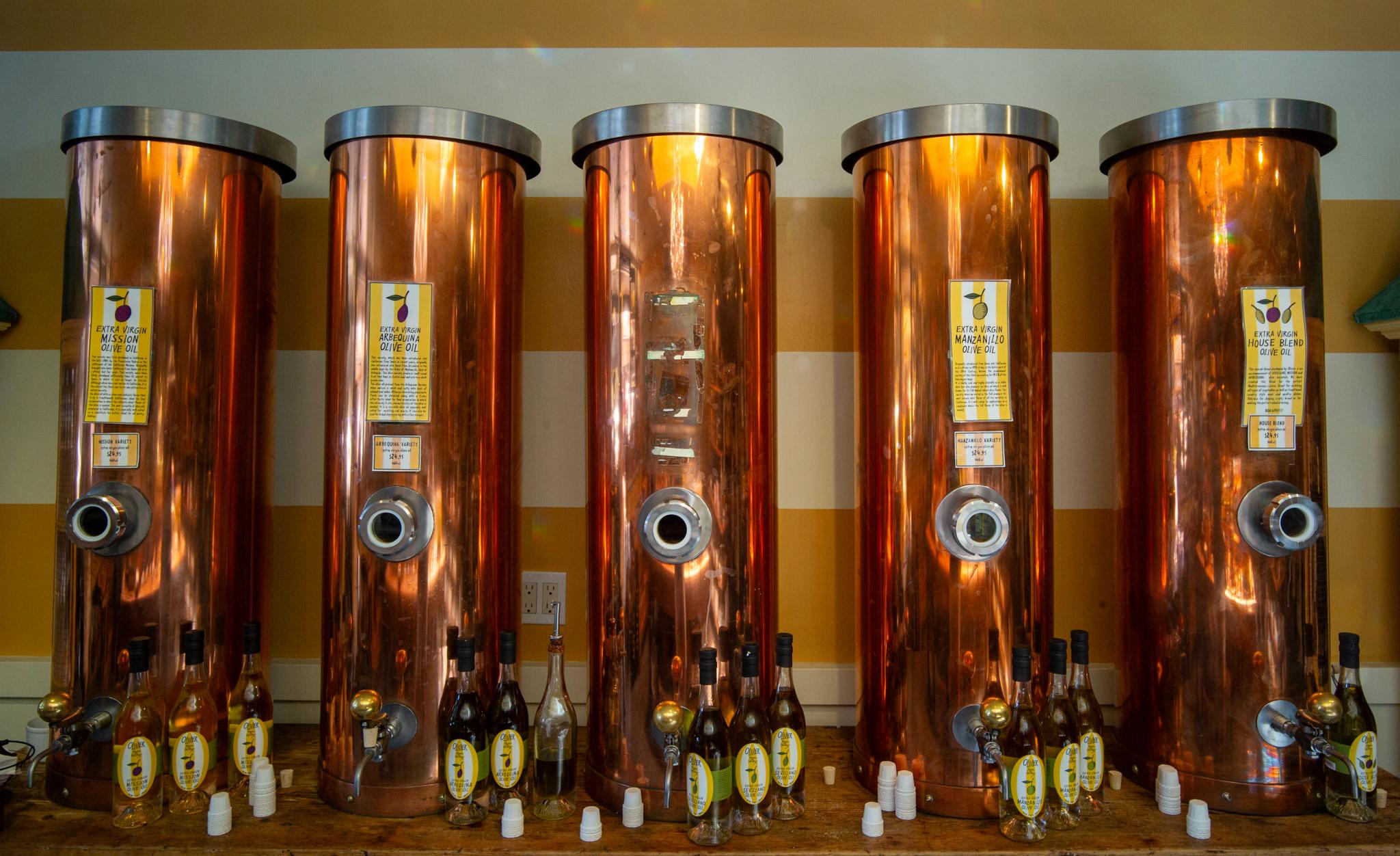
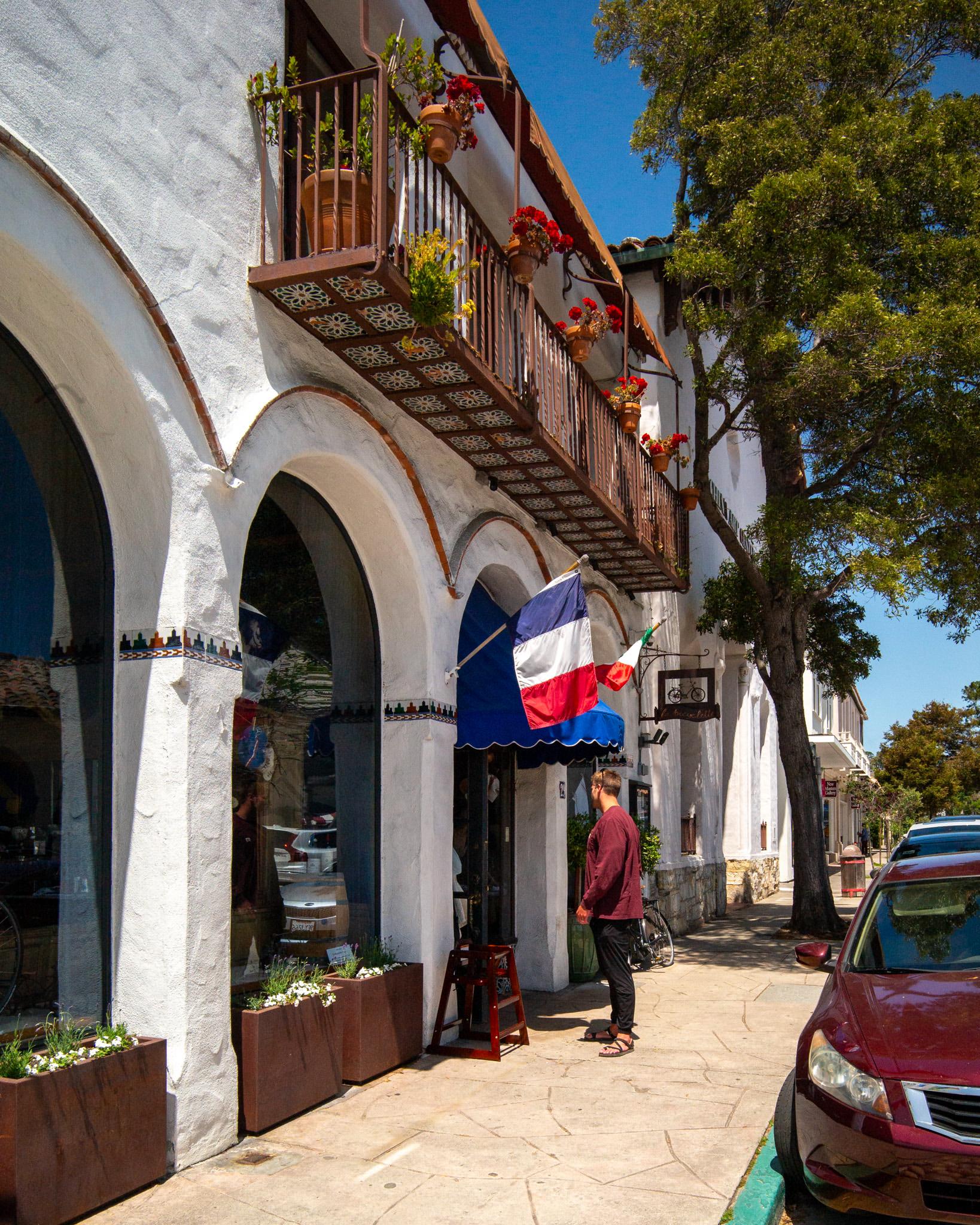
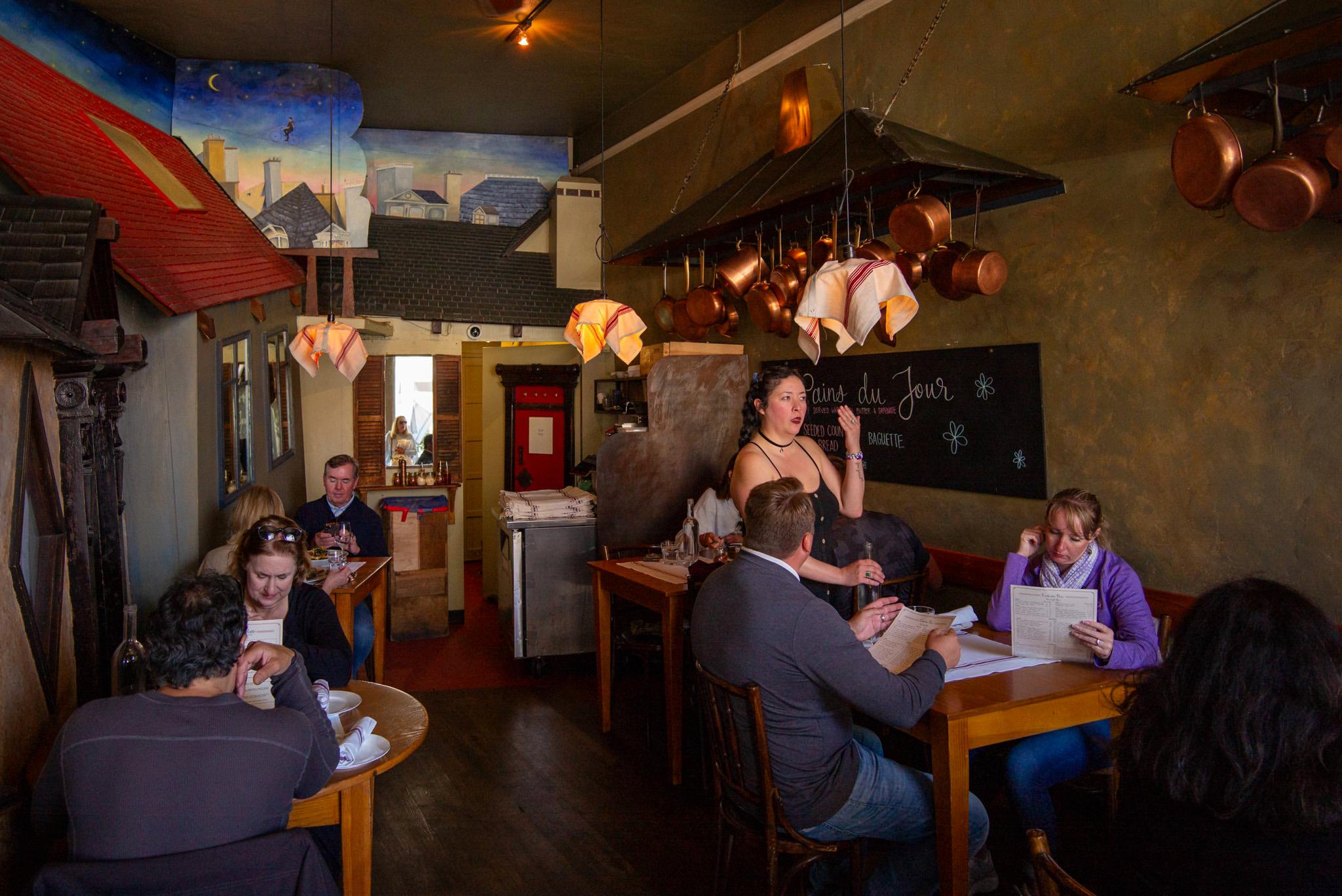
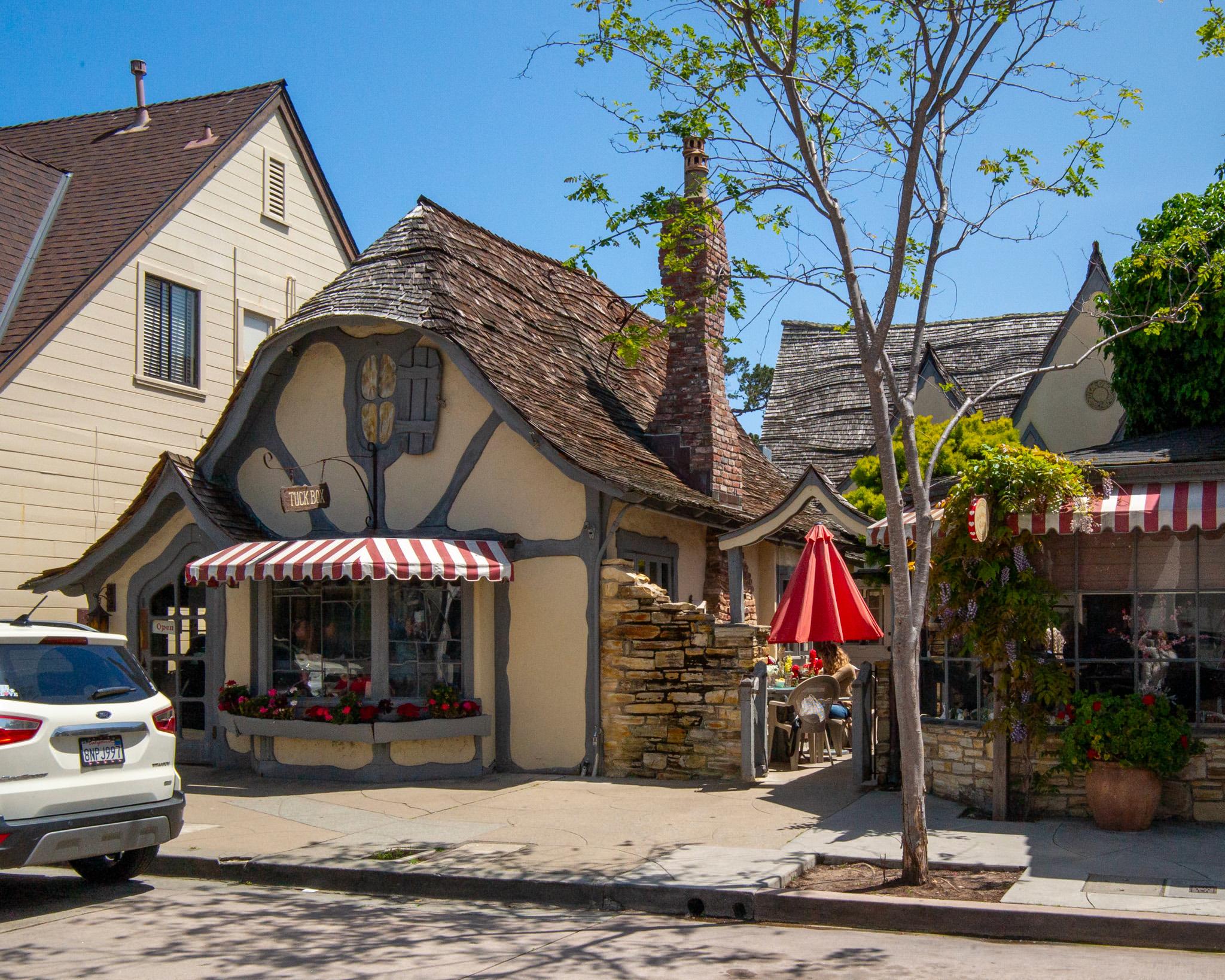
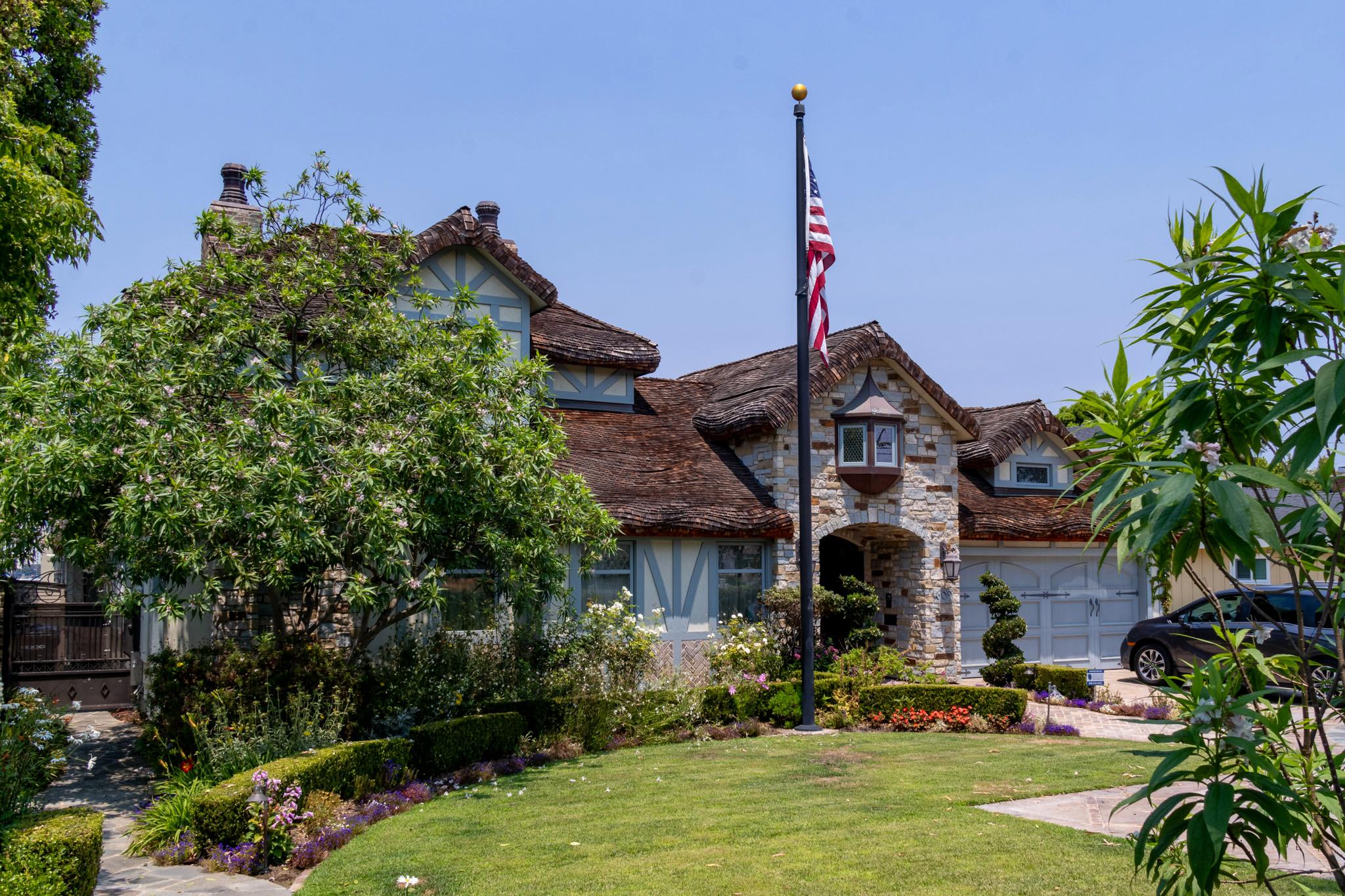
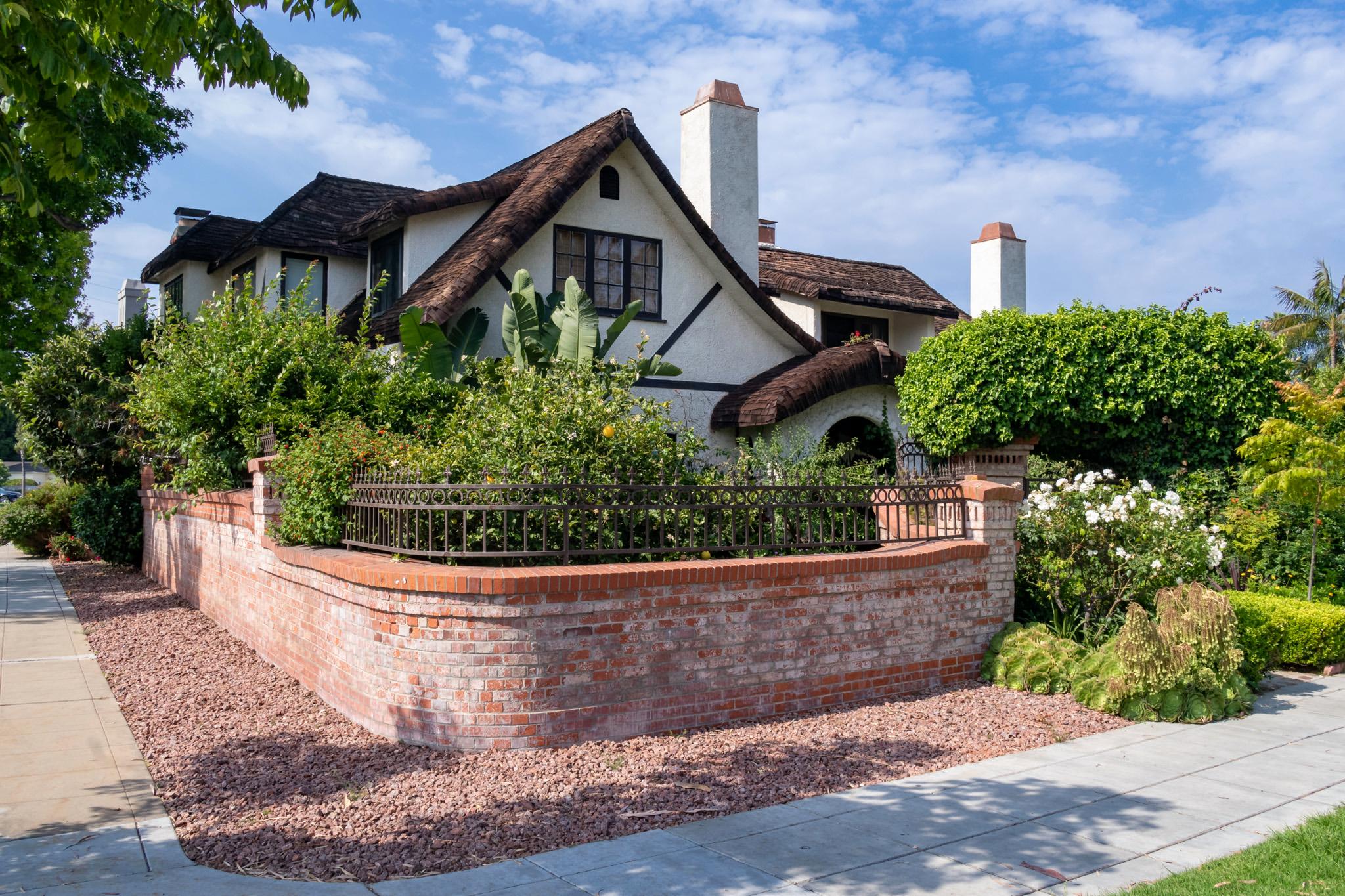
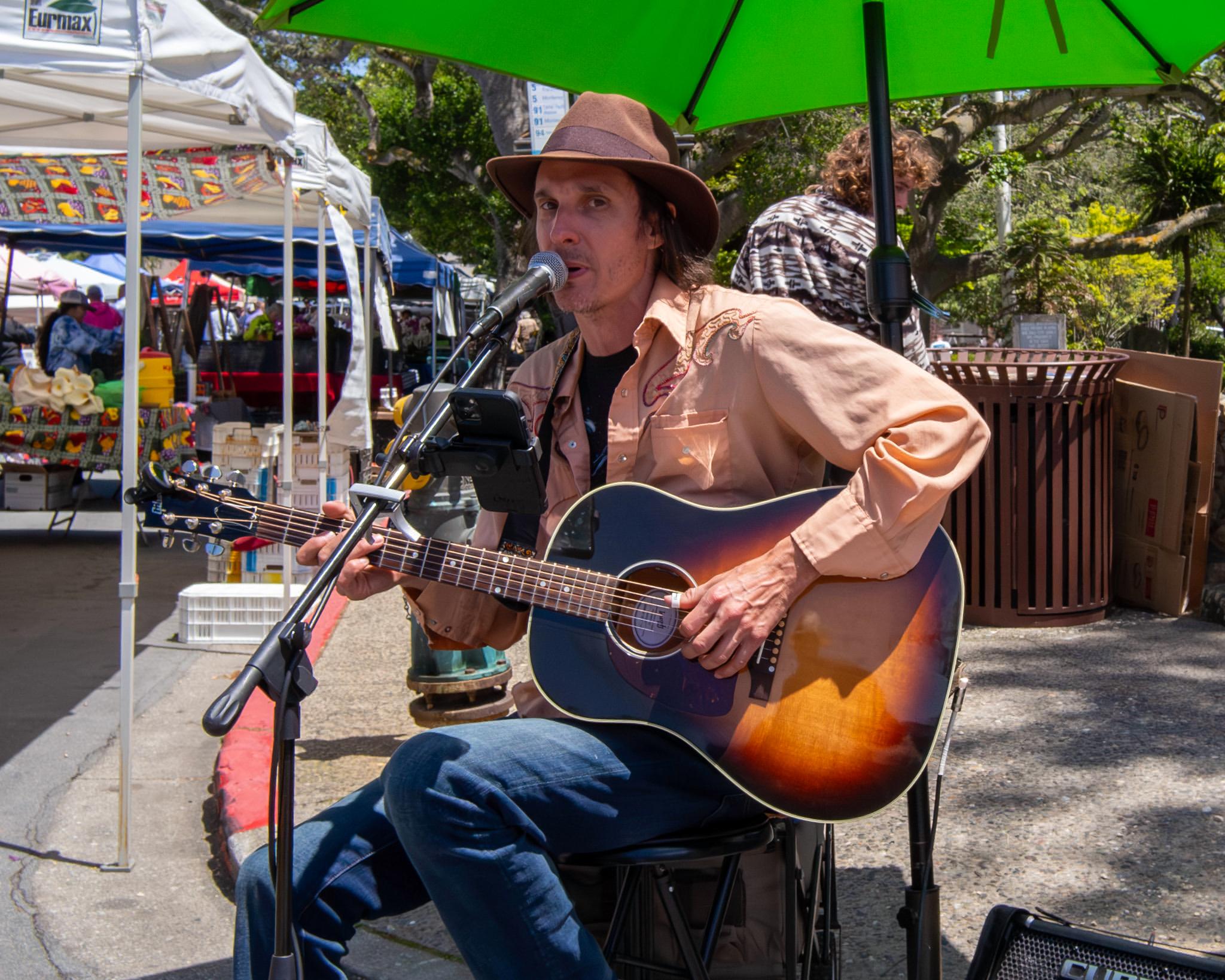
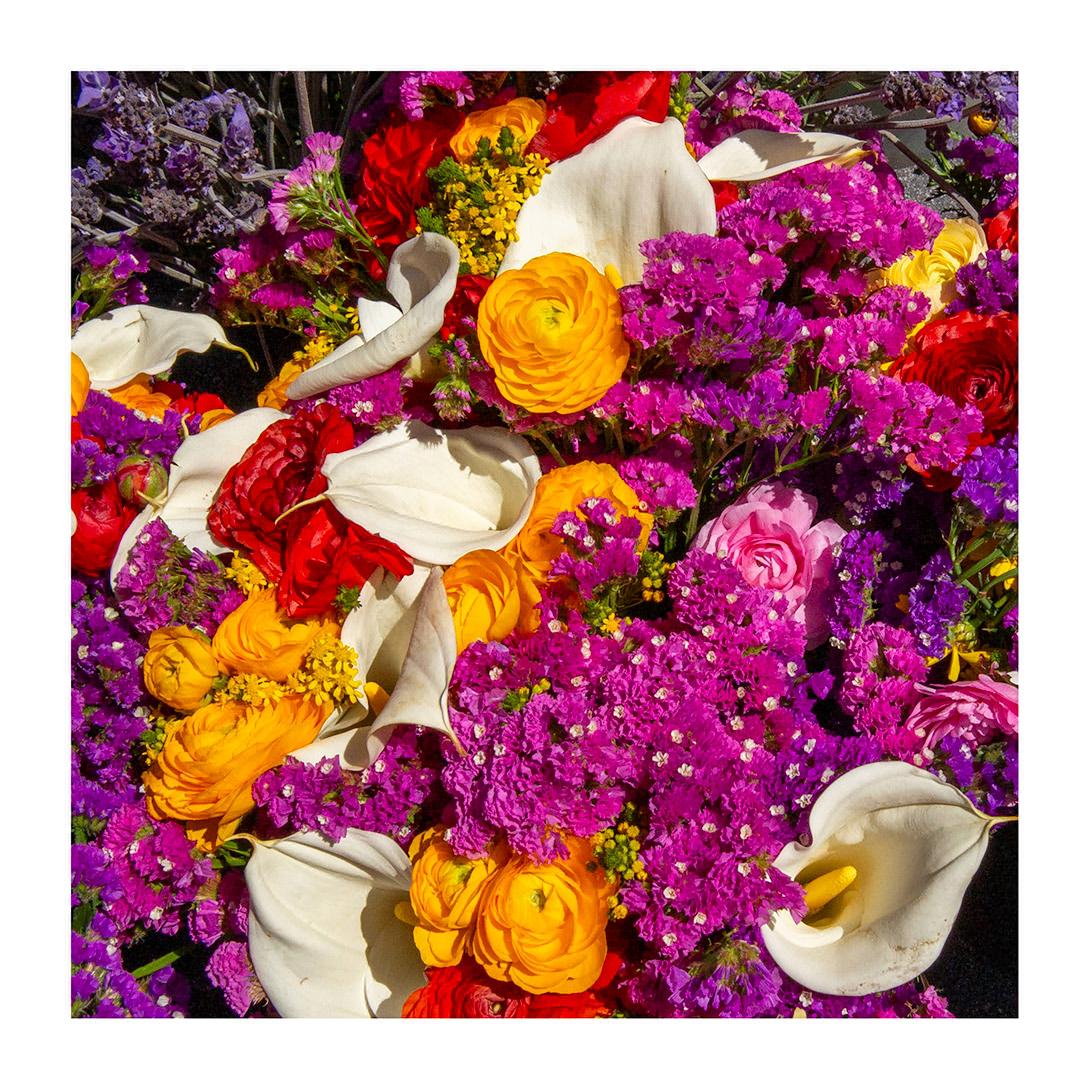
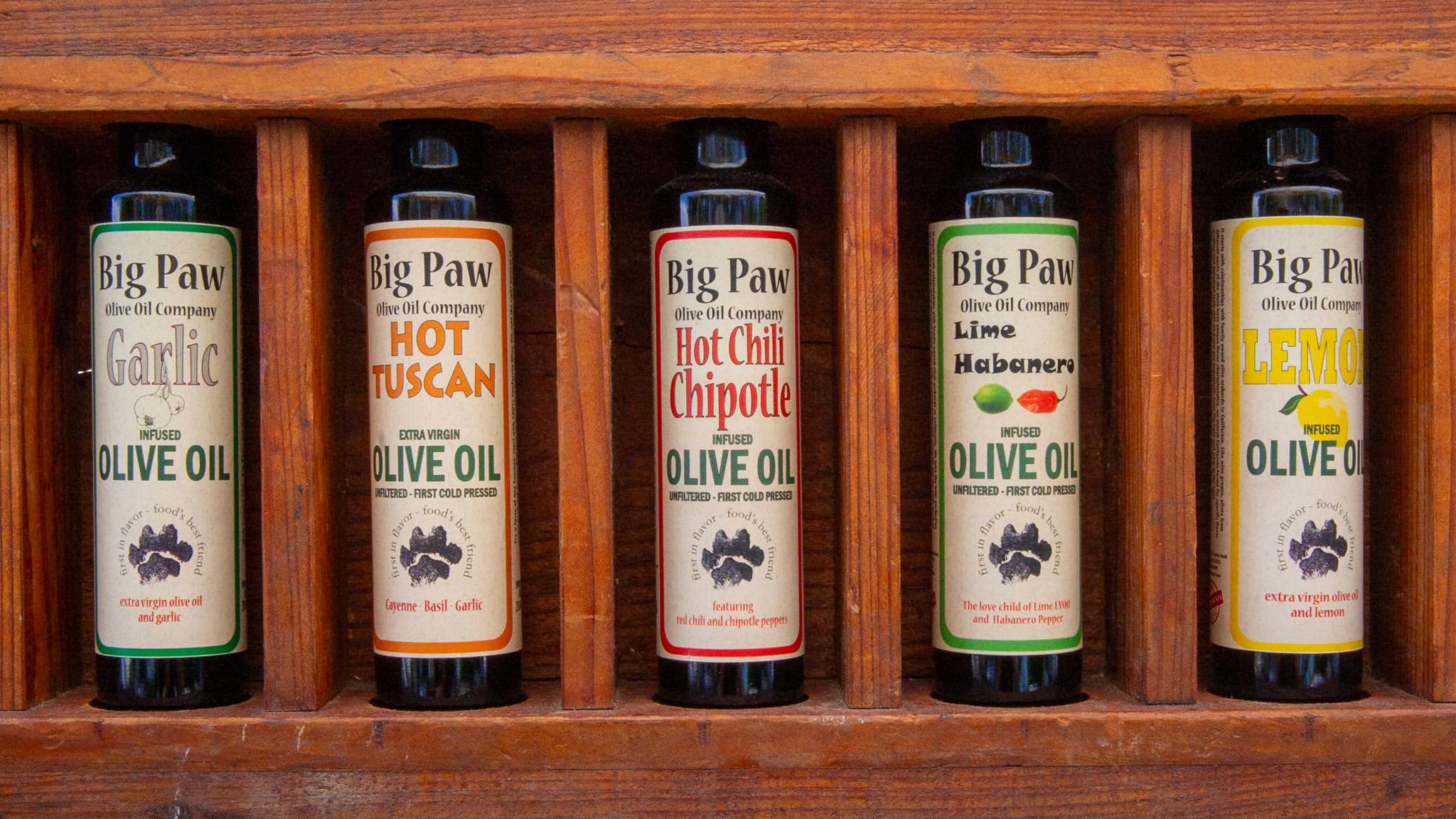
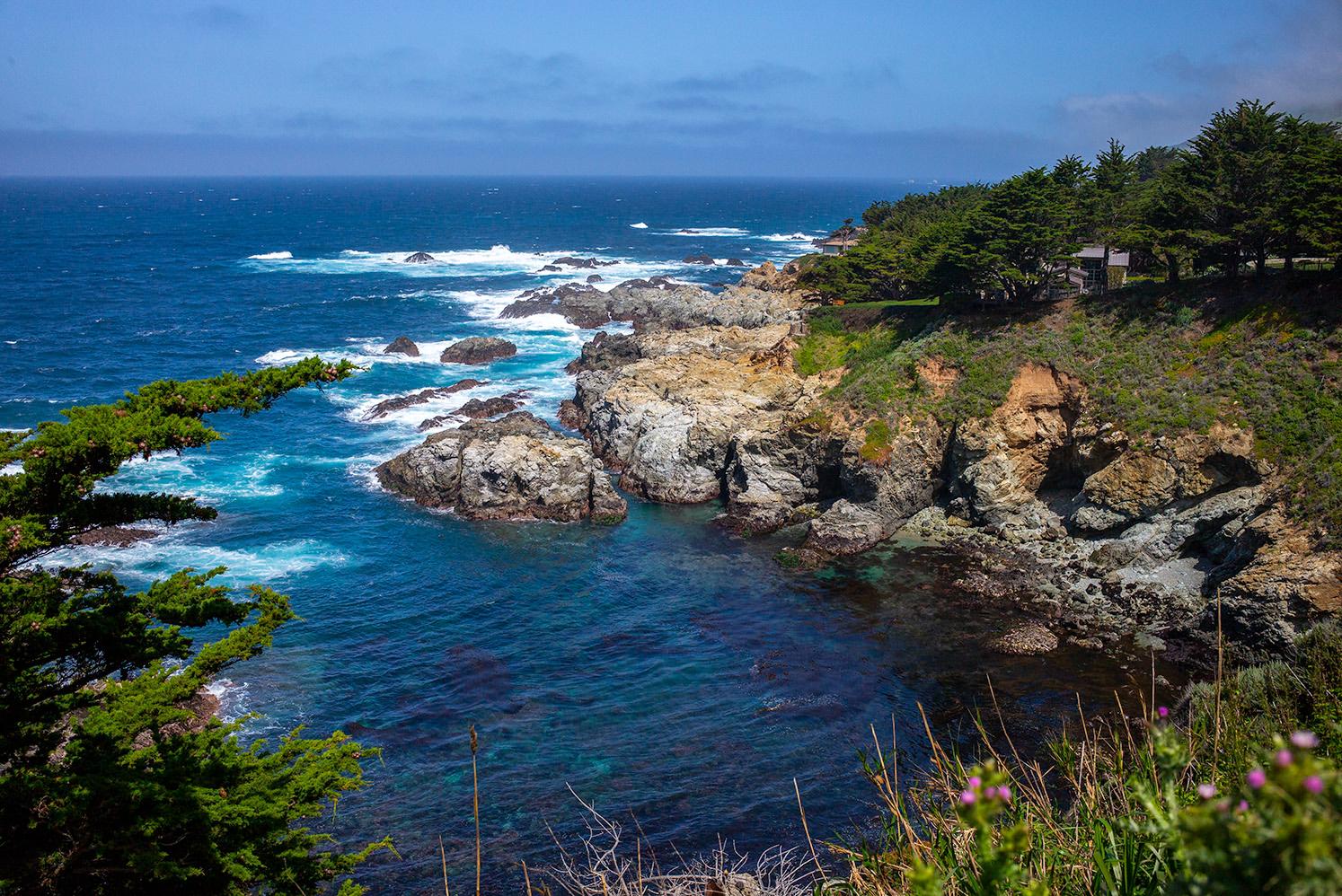
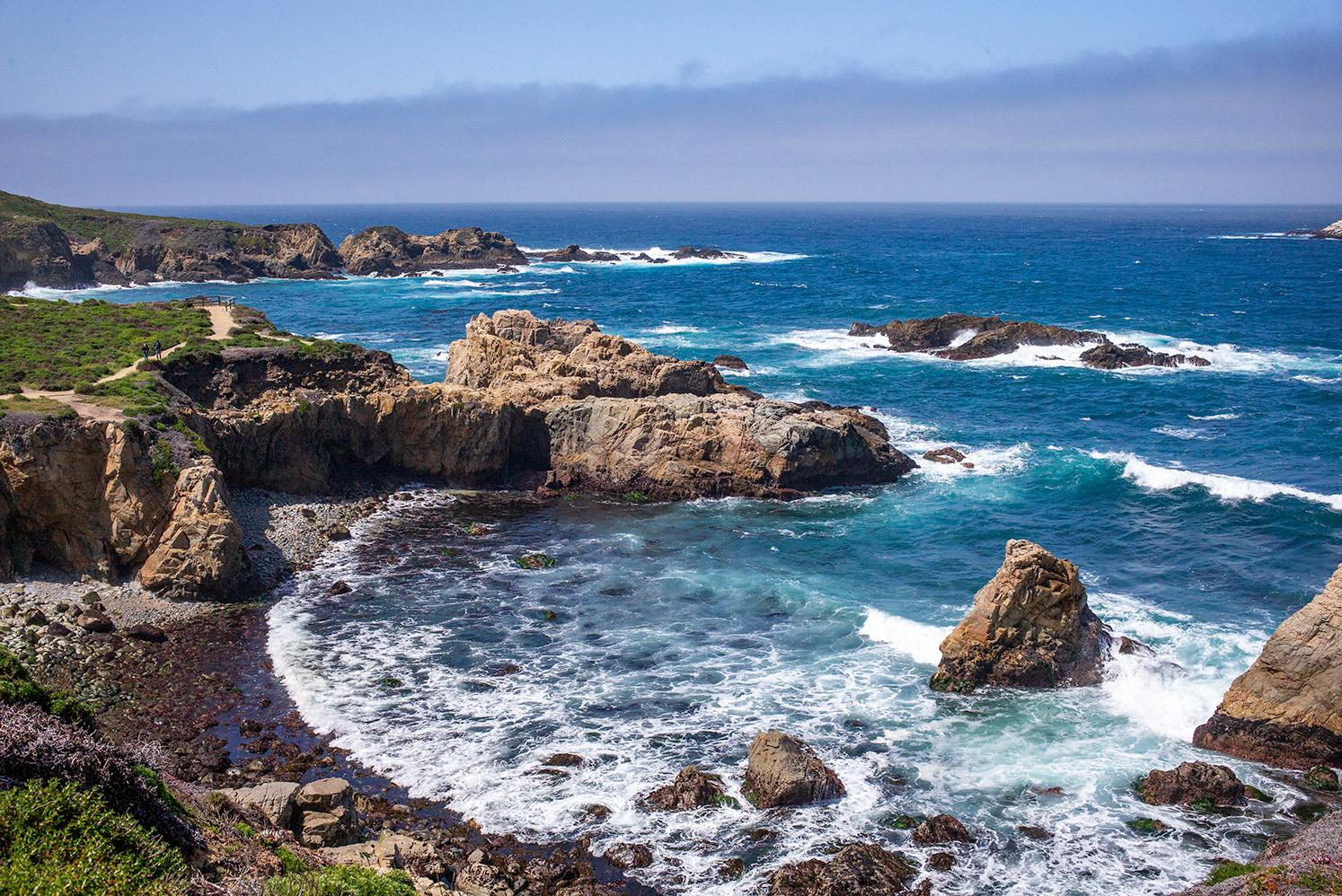
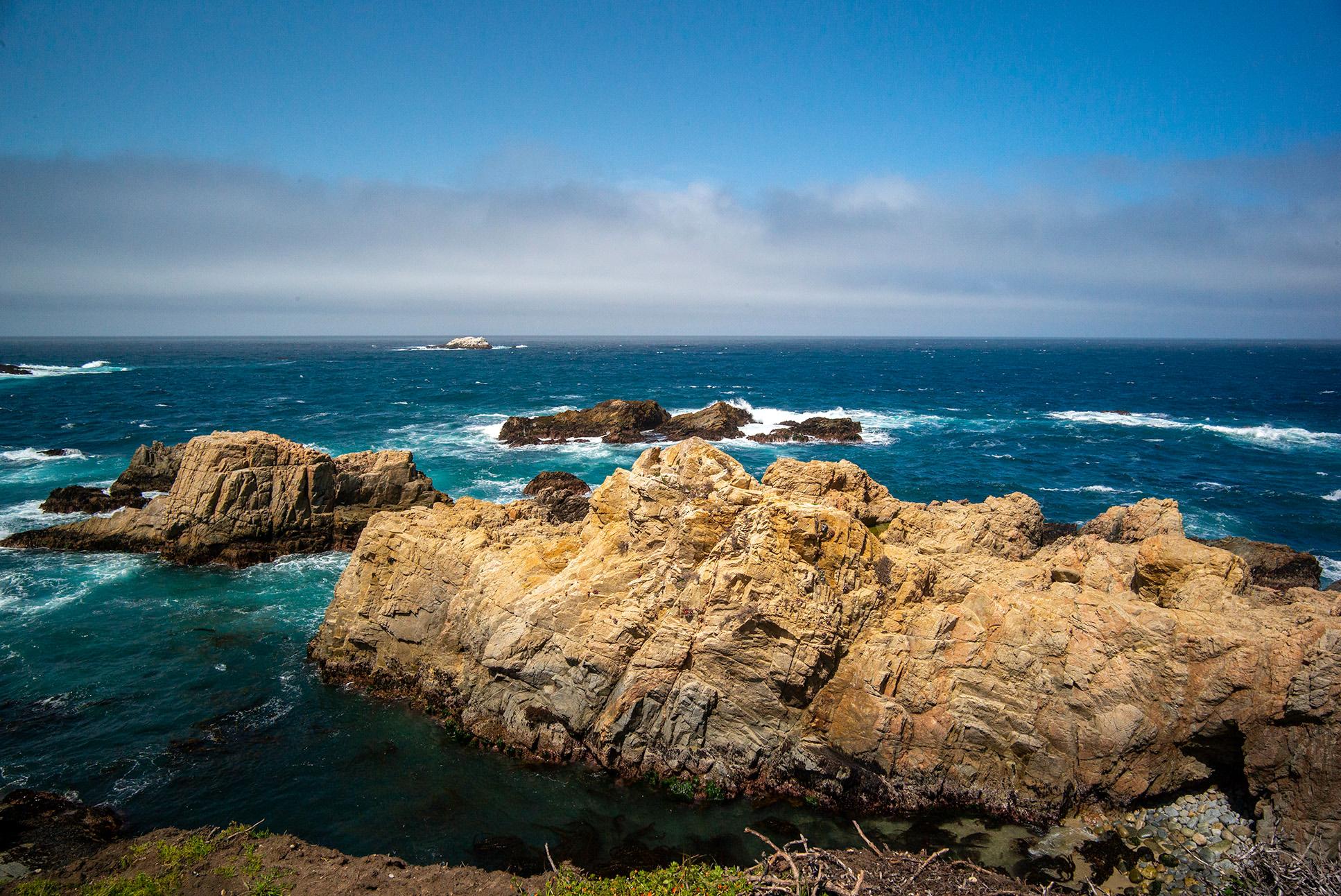
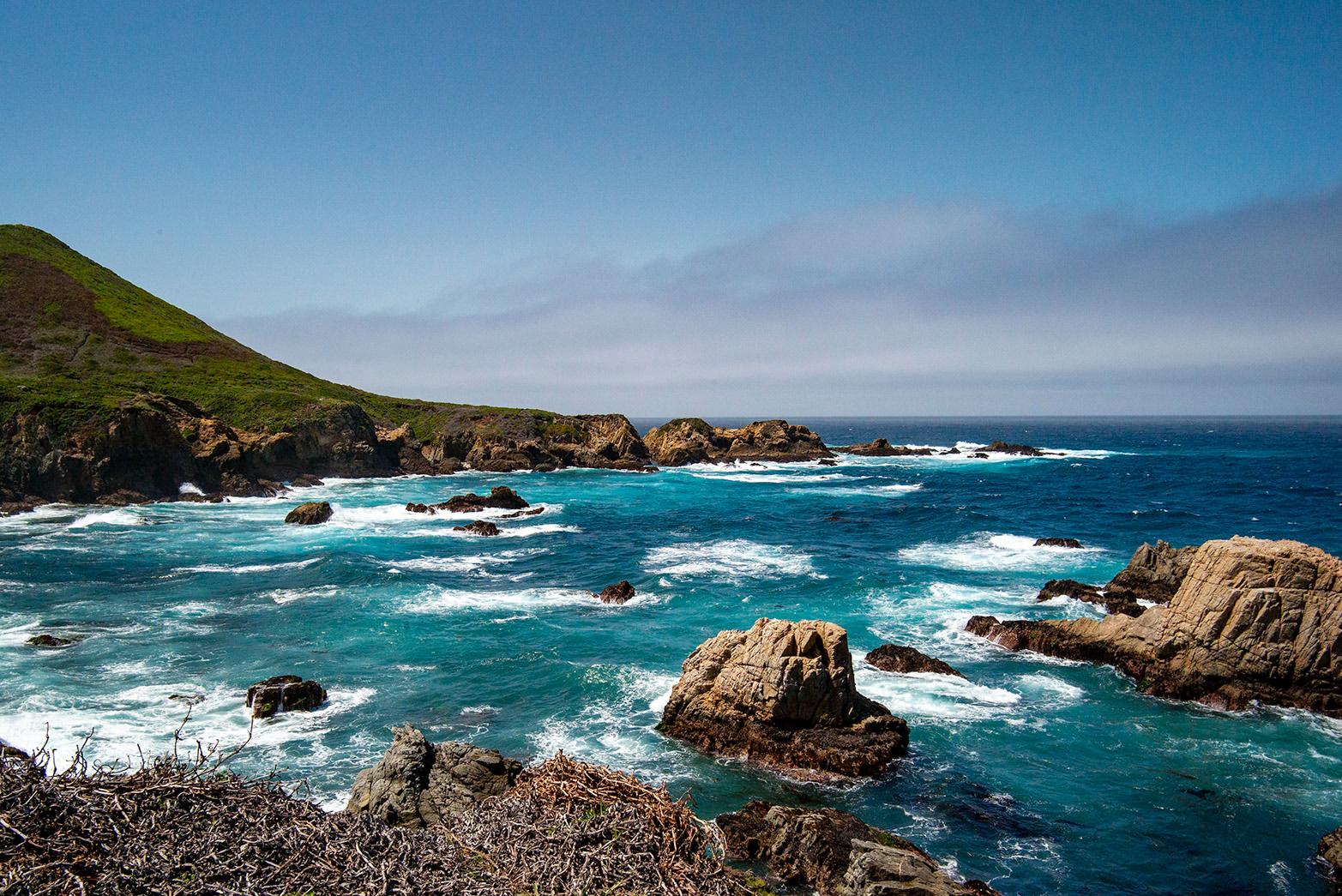
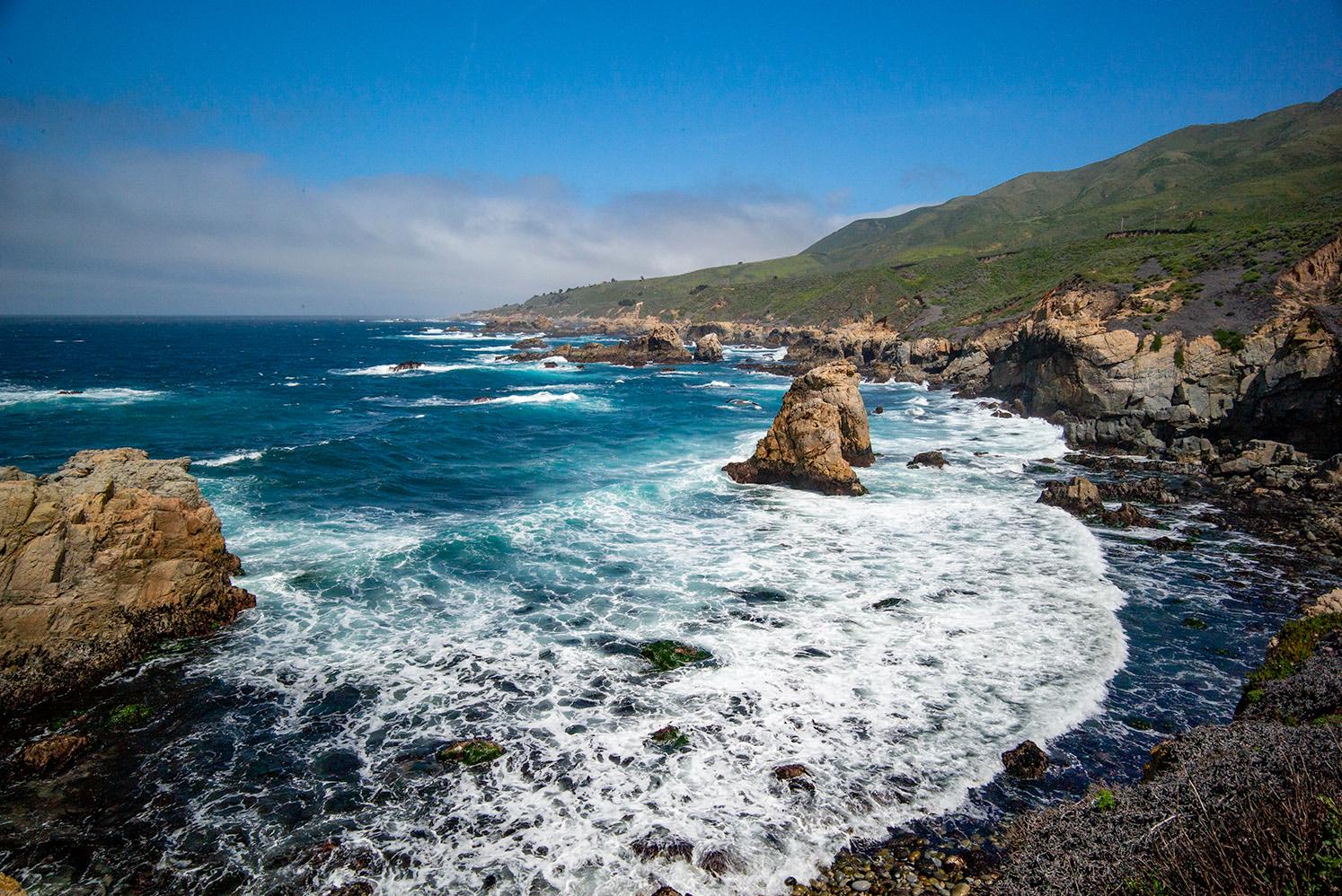
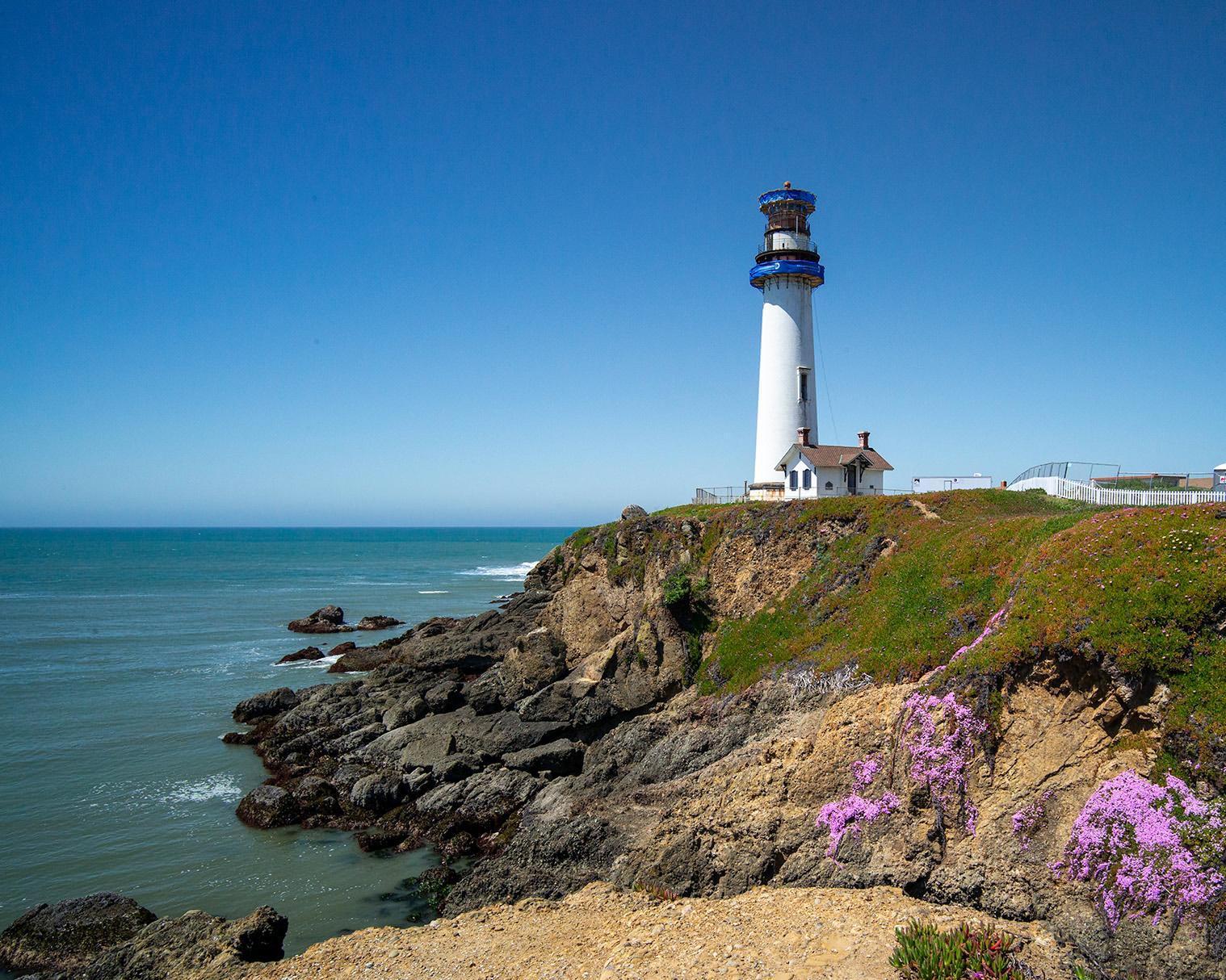




“Pigeon Point is well worth a visit, especially if you are a fan of lighthouses”
But be warned ,you might want to find a clean restroom BEFORE you get there. I hope some of the $16 million is spent on that. I toured the whole stretch of coastline on a bicycle a few years back. Had my M6 with me. Good memories.
Hi Stephen, they had a few ‘porta-potties’ near the parking lot, but I agree, significant room for improvement! Cheers, Keith
.
21mm, I found out, was – and is – my favourite lens ..but I didn’t know till I looked through hundreds (at least) of my own photos, and found that that’s what I’d used for my favourite shots. So I’ve quite a variety of 21s, including the screw-fit Cosina/Voigtländer 21, 15 and 12mm lenses ..predecessors of the M-fits you’ve used.
As 21mm – or wider – shows a so much broader view than we’re normally aware of seeing, the photos aren’t simply ‘replicas’ of what we’d see with our own eyes – from the same position as the camera – but they’re pictures ‘in their own right’ ..as if seen by another entity entirely. They give an ‘unnatural’ view which, for me, is very appealing: which shows us more than we’d have seen with our own eyes.
Hi David, many thanks. I chose a 21mm to complement the 35mm and 75mm I had purchased previously. I am very glad I did. It is so useful in so many situations, and as you say, delivers a very different perspective from the one through our eyeballs! Cheers, Keith
Dear Keith,
What a wonderful story. The colors of the images are truly stunning and the Voigtländer is just a gem on a M.
There is even a lens profile for it in LR.
https://robin-oslo.com/voigtlaender-color-skopar-21mm-f-3-5-vm
Many, many greetings. See you soon
Dirk
Hi Dirk, many thanks! I owe you a beer! Safe travels, Keith